
How to Use 2 x AA Battery Mount: Examples, Pinouts, and Specs
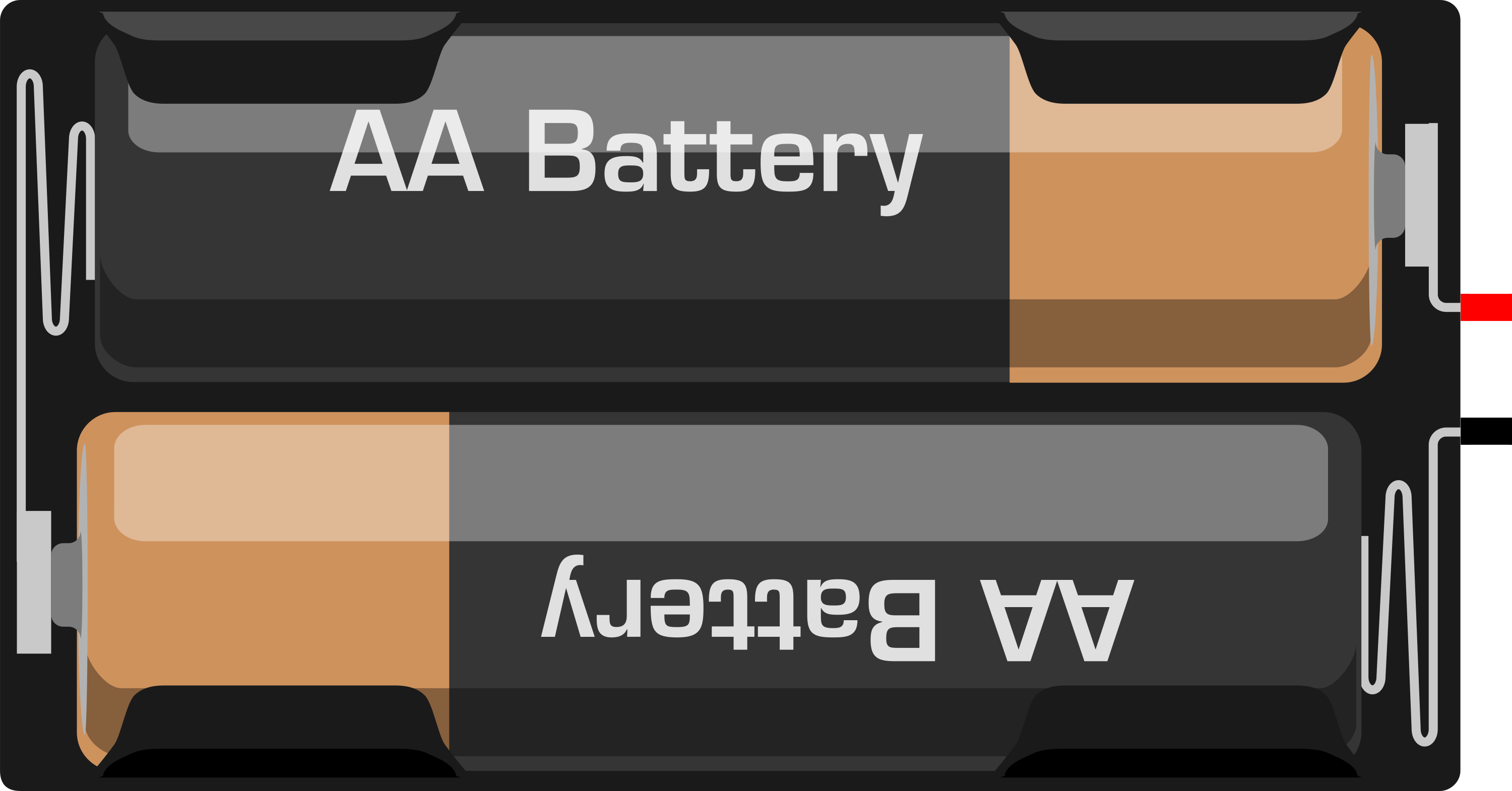
 Design with 2 x AA Battery Mount in Cirkit Designer
Design with 2 x AA Battery Mount in Cirkit DesignerIntroduction
The 2 x AA Battery Mount is a simple yet essential electronic component that provides a reliable power source for various low-voltage electronic devices. It is designed to hold two AA batteries, which in series configuration can supply a nominal voltage of 3V. This battery mount is commonly used in portable devices, DIY projects, and educational electronics where a compact and replaceable power source is needed.
Explore Projects Built with 2 x AA Battery Mount
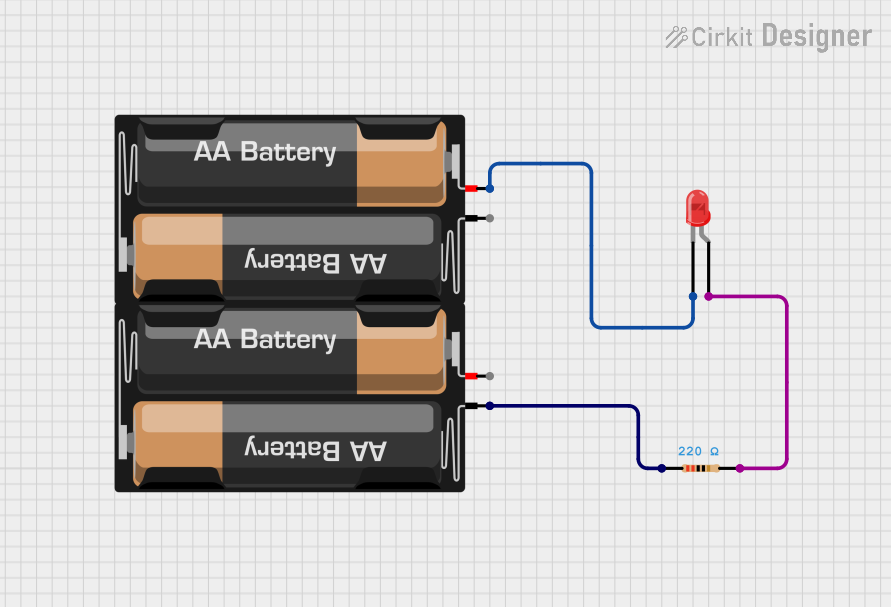
 Open Project in Cirkit Designer
Open Project in Cirkit Designer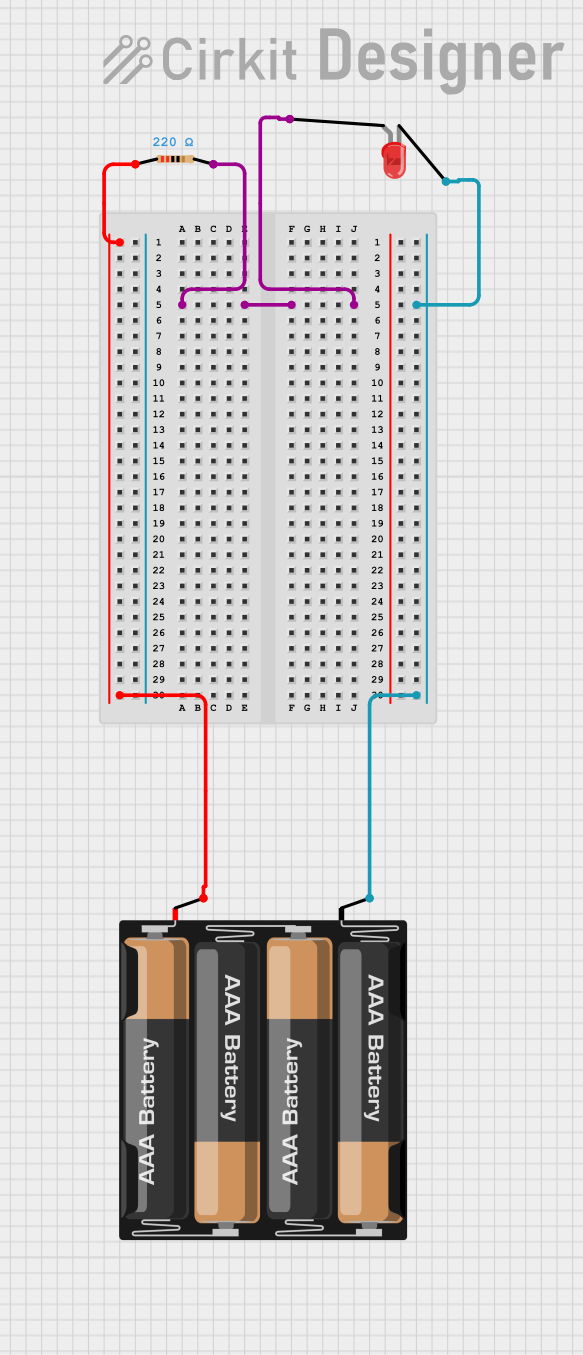
 Open Project in Cirkit Designer
Open Project in Cirkit Designer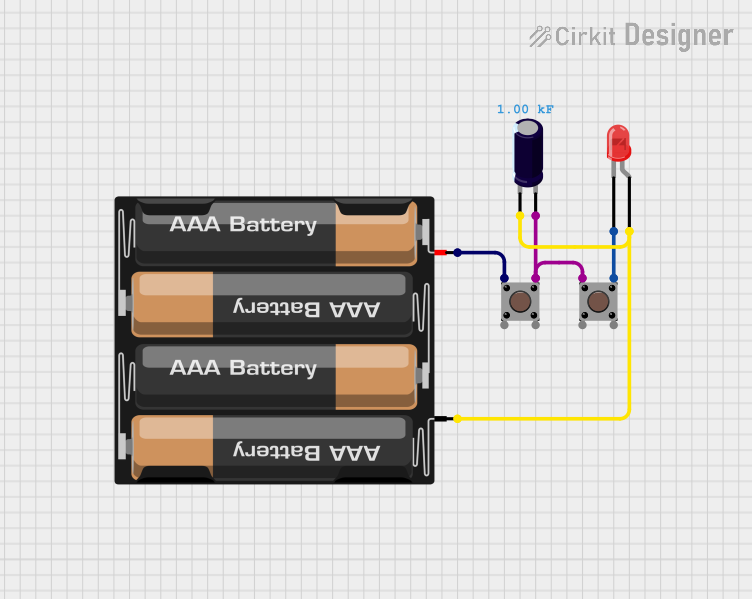
 Open Project in Cirkit Designer
Open Project in Cirkit Designer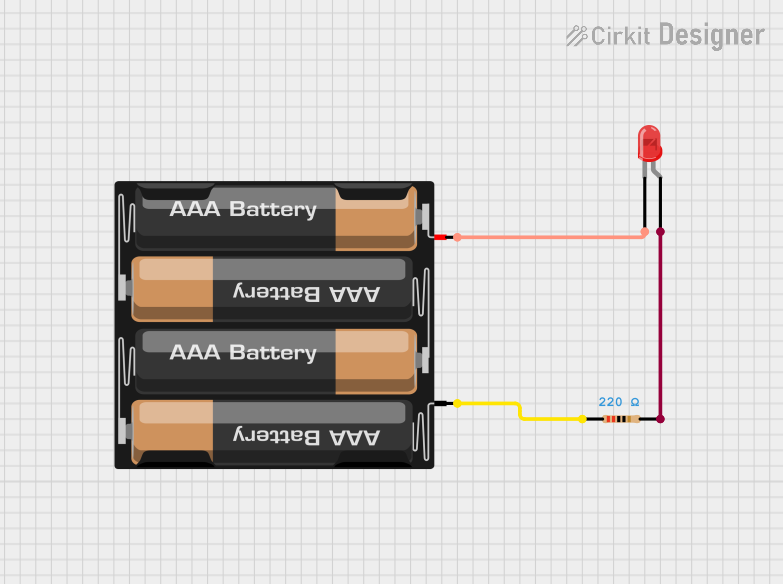
 Open Project in Cirkit Designer
Open Project in Cirkit DesignerExplore Projects Built with 2 x AA Battery Mount

 Open Project in Cirkit Designer
Open Project in Cirkit Designer
 Open Project in Cirkit Designer
Open Project in Cirkit Designer
 Open Project in Cirkit Designer
Open Project in Cirkit Designer
 Open Project in Cirkit Designer
Open Project in Cirkit DesignerCommon Applications and Use Cases
- Portable electronic devices
- DIY electronics projects
- Educational kits for teaching electronics
- Remote controls
- Small robotics systems
- Arduino-based circuits requiring a 3V power source
Technical Specifications
Key Technical Details
- Nominal Voltage Output: 3V (when 2 AA batteries are used)
- Maximum Current: Depends on the batteries used (typically around 1-3A for AA batteries)
- Material: Plastic (commonly ABS)
- Number of Cells: 2
- Battery Type: AA
- Mounting Type: Through-hole, adhesive backing, or slots for straps
Pin Configuration and Descriptions
| Pin Name | Description |
|---|---|
| V+ | Positive voltage output from batteries |
| V- | Ground reference from batteries |
Usage Instructions
How to Use the Component in a Circuit
Inserting Batteries:
- Ensure the batteries are inserted with the correct polarity. The positive end (+) of the battery should align with the positive terminal of the holder, and the negative end (-) with the negative terminal.
Connecting to a Circuit:
- Use the leads from the battery mount to connect to your circuit. The red wire is typically the positive (V+) and the black wire is the negative (V-).
- If soldering, ensure a good quality joint without overheating the battery mount terminals.
Mounting the Holder:
- Depending on the design, use screws, adhesive backing, or straps to secure the battery mount to your project.
Important Considerations and Best Practices
- Battery Orientation: Always double-check the orientation of the batteries before powering the circuit to prevent damage.
- Battery Replacement: Make sure the device is turned off before replacing batteries to avoid short circuits.
- Secure Mounting: Ensure the battery mount is securely attached to prevent batteries from dislodging during movement.
- Contact Cleaning: Keep the battery contacts clean for optimal performance and to prevent power interruptions.
Troubleshooting and FAQs
Common Issues Users Might Face
- Device Not Powering On: Check if the batteries are inserted correctly and if they have sufficient charge.
- Intermittent Power: Ensure that the battery contacts are clean and that the batteries are securely fitted in the mount.
- Overheating at the Terminals: This could be due to a short circuit in your device. Check your circuit for any possible shorts.
Solutions and Tips for Troubleshooting
- Battery Orientation: Reinsert the batteries with the correct polarity if the device does not power on.
- Battery Replacement: Use fresh batteries if the current ones are depleted.
- Contact Cleaning: Clean the contacts with a bit of rubbing alcohol on a cotton swab to remove any corrosion or residue.
FAQs
Q: Can I use rechargeable AA batteries with this mount? A: Yes, rechargeable AA batteries can be used as long as they are the correct size and voltage.
Q: What is the maximum voltage the battery mount can handle? A: The battery mount is designed for two AA batteries, providing a total of 3V. Do not exceed this voltage to avoid damaging your circuit.
Q: How do I know when to replace the batteries? A: When the device starts to perform poorly or stops working, it's time to check and possibly replace the batteries.
Q: Can this battery mount be used with an Arduino UNO? A: Yes, it can power an Arduino UNO, but you will need a voltage regulator or buck converter to step up the voltage to the required 5V for the Arduino UNO.
Example Code for Arduino UNO
// This example demonstrates how to use the 2 x AA Battery Mount to power an Arduino UNO
// through the Vin pin. Note that a step-up voltage regulator is required to boost the
// voltage to 5V, which is the minimum operating voltage for the Arduino UNO.
void setup() {
// Initialize digital pin LED_BUILTIN as an output.
pinMode(LED_BUILTIN, OUTPUT);
}
void loop() {
// Turn the LED on (HIGH is the voltage level)
digitalWrite(LED_BUILTIN, HIGH);
// Wait for a second
delay(1000);
// Turn the LED off by making the voltage LOW
digitalWrite(LED_BUILTIN, LOW);
// Wait for a second
delay(1000);
}
// Note: This code is for demonstration purposes only and assumes that you have
// the necessary step-up voltage regulator in place to provide the Arduino UNO
// with the correct operating voltage.
Remember to adhere to the 80-character line length limit for code comments, wrapping text as needed. This example code blinks the built-in LED on the Arduino UNO, which is a simple way to verify that the power supply from the 2 x AA Battery Mount is working correctly through the voltage regulator.